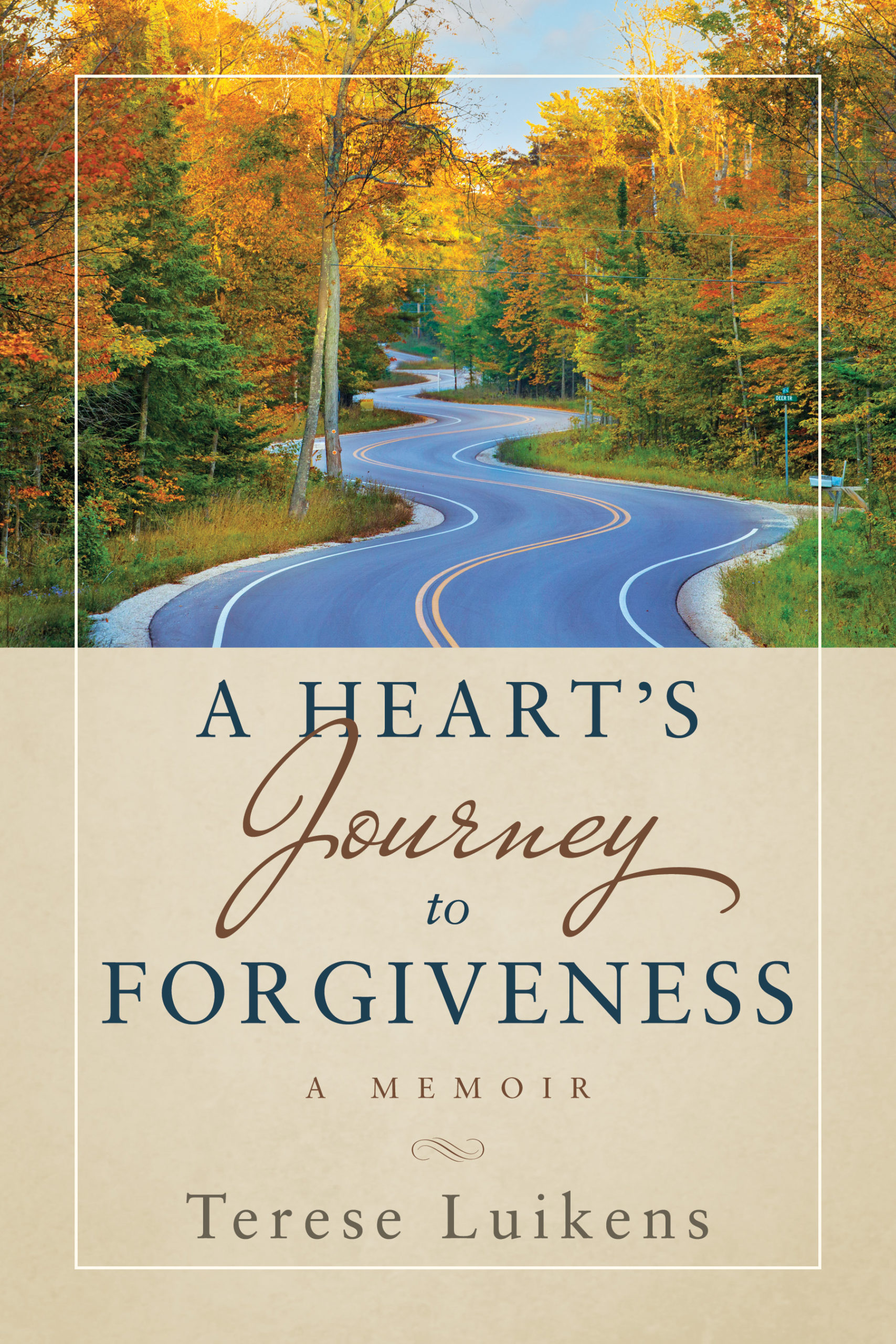
Why Bother Noticing Our “What Ifs?”
“What if,” are two powerful words that are commonly used in the privacy of our brains. This little phrase is sometimes the foundation on which something wonderful or something dreadful takes shape. Not every “What if, ” leads us amuck and not every “What if,” leads to a successful venture either. But before we allow our “What ifs,” to take control inside the privacy of our heads, it’s best to look at them in the light and with a trusted friend.
Imagination
It seems that ideas formulate all by themselves, but they do not. Instead, they are usually attached to how we’ve already learned how to do something or avoid doing something based on our past.
Those formative years, 0-8 years of age, are called formative for a good reason. The myriad number of events that occur within that period of time shape our lives for the rest of our lives. Thankfully though, because our brains are pliable, we are capable of unlearning what we discover in adulthood to be unhealthy habits and can instead learn healthier ones.
For instance, as a kid, I don’t know how many times I saw the backside of my mother. That is, I saw her walking away in anger from others more than walking toward others to make amends or to build relationships. Her method of relating interpersonally with others left its impression inside my brain.
As a result, I know that the “What ifs” I formulate will fluctuate between two extremes; cutting myself off from others in anger or running toward them to make them like me better.
I am fortunate to have more than one trustful person in my life with whom I can share my “What ifs.” Just speaking out loud about one of them to a trusted friend sheds light on it. Hearing myself say the words, “Maybe I should …” causes me to consider why I think I should.
Those “What ifs” that formulate inside our heads are usually one of two extremes that lead us toward doing one of two things. But our brains are more than capable of going down more than one or the other pathway.
Instead, we have the uncanny capacity and flexibility to forge an alternative passage inside our brains. It’s been said that it takes anywhere from three to six consecutive months of practice per destructive “What if” to alter our thinking.
Consequently, creating a fresh way of thinking differently about a well established idea does not happen easily. Instead, it is similar to bushwhacking and without trial and error, sweat and tears and time and more time, nothing changes.
Why bother noticing our “What ifs?” Those “What ifs” inside our head may drive us toward something good or something grievous. Discovering where our “What ifs” originate from gives us the knowledge and the power to create a new pathway when necessary.
New Release
